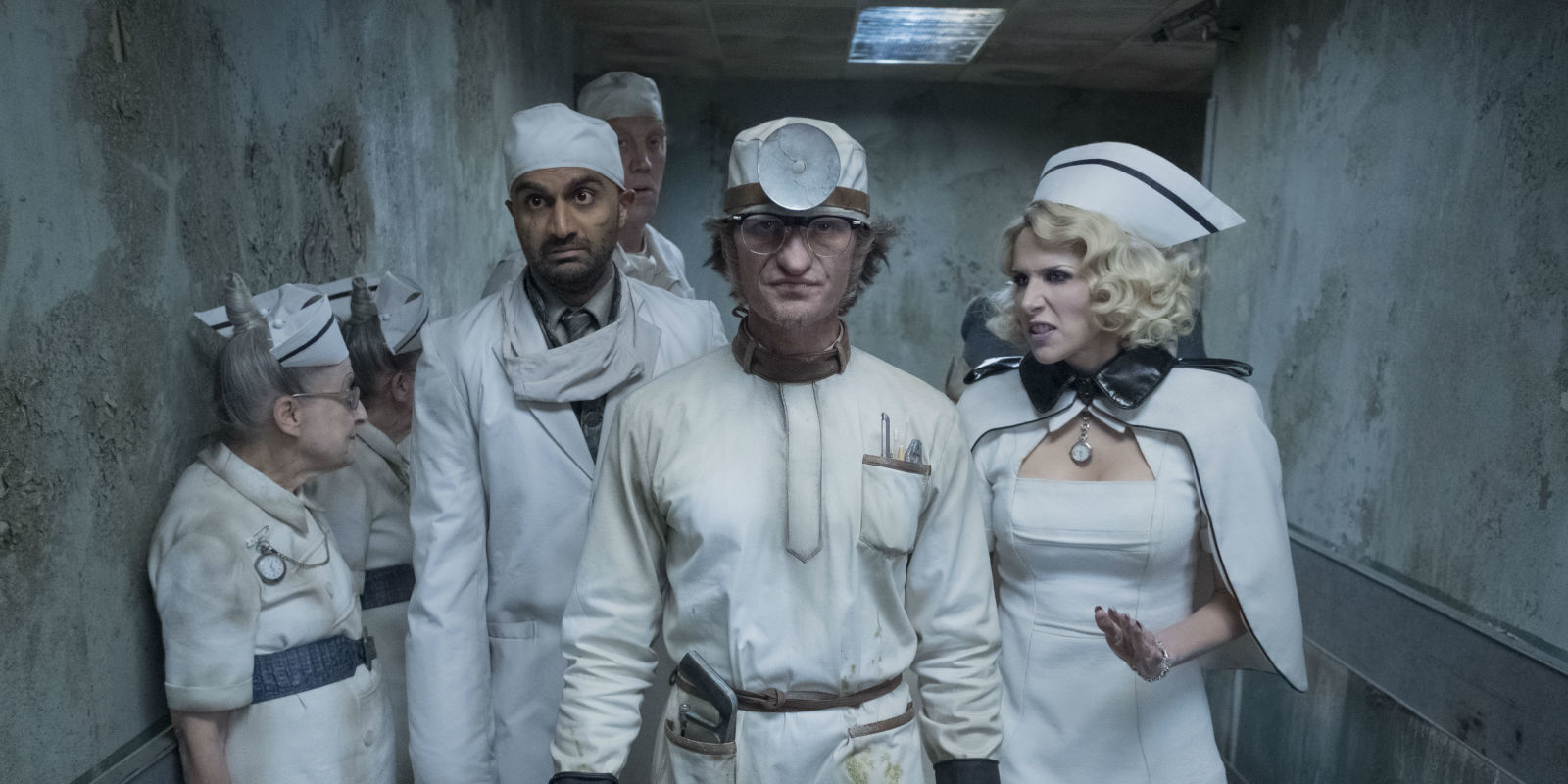After a first season which detailed the lives of the Baudelaire children from books one to three was met with critical acclaim, Steph Bennett gives an overview of the series’ return to Netflix.
With no previous television interpretation to compete with, Netflix’s interpretation of the cult children’s classic was enjoyable to watch. As a show aimed at a younger audience that relies on the nostalgia from reading the books as children, it somehow manages to be entertaining despite the continuous precocious undertone of the script.
The acting was more sophisticated than the previous series, and it seemed that the stars, Malina Weissman as Violet and Louis Hynes as Klaus, were fully and comfortably embedded in their roles. The ease in which they play their characters was prominent, reflected in the nuance and subtlety they brought to the roles. There were some points in the series that were painfully cliché, but this may be due to the script rather than subpar acting skills.
Lucy Punch in the recurring role of Esme Squalor was a pleasing addition to the cast as she skilfully inhabited the role of villain. Joining Count Olaf’s troupe was an interesting twist on the amusing bumbling buffoonery of the rest of the group. Punch provided a sinister variation that coordinated with Count Olaf’s greed and villainy and seemed to raise everyone else’s talent. Neil Patrick Harris as Count Olaf was good but perhaps dampened by the flair of everyone else.
It was interesting to watch the mystery of the Baudelaire family and the organisation VFD unravel onscreen, despite the constant frustration at the orphans’ foiled attempts to reveal the secrets of their family. All in all, any negative aspects of the series were masked by the improvements made by the cast, new and longstanding.
Steph Bennett
Image: Den of Geek

